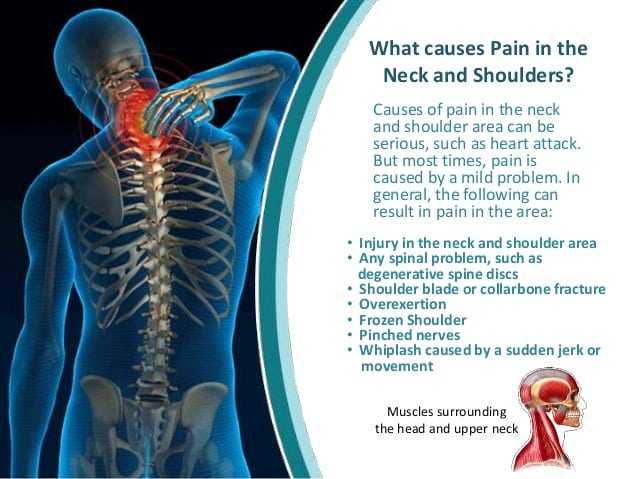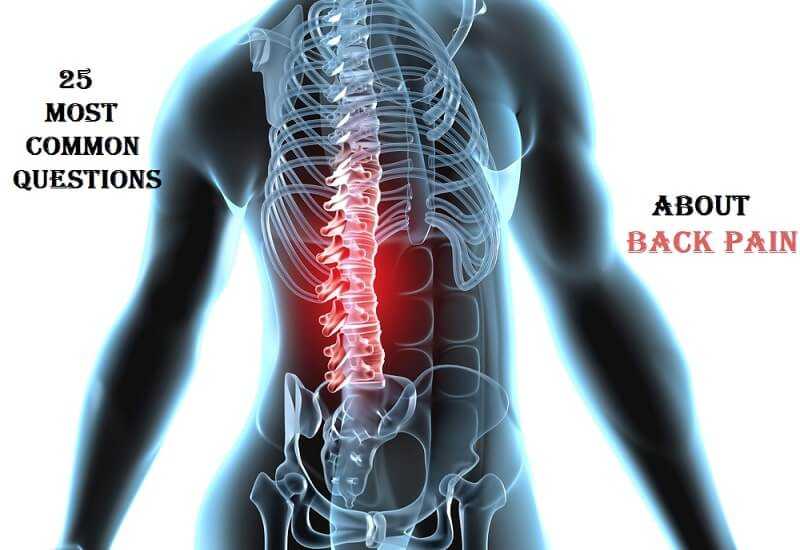Diagnosis and Treatment of Back and Neck pain

Diagnosis
Often times, patients experience back pain for a number of reasons. When we say “diagnosing back pain”, we are referring to revealing the underlying cause of the pain, numbness, or weakness you are feeling in your back, not the pain itself. The different symptoms could be caused by multiple different conditions, and immediately going to the doctor to get diagnosed and treated is recommended. The process of diagnosis can depend on how severe the pain or numbness is, the frequency of the symptoms, and a simple process of elimination method.
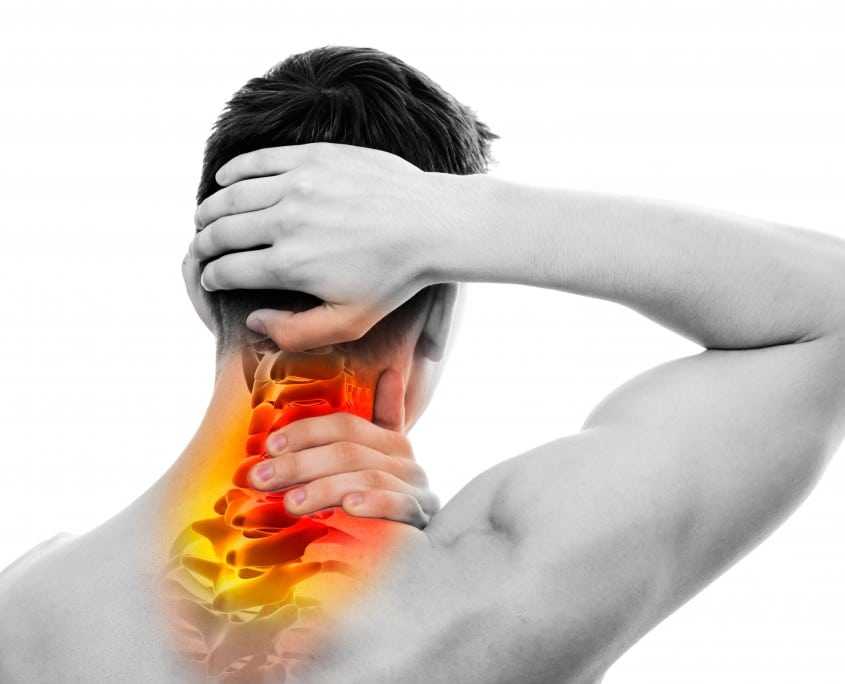
Physical Examination
The first thing that is going to happen when you see your physician for back pain is a Q&A discussion, which is the beginning of a physical examination. The questions being asked are important because you will cover everything from what allergies you have to the precise point of the affected area in your back. The nurses and doctor need to know this information in order to be able to properly treat whatever condition they ultimately diagnose. Also, as a part of the physical exam, the doctor will most likely apply pressure with his hands, similar to a massage, to the injured area or the area you are feeling pain. If the pain persists or increases due to applied pressure, it could narrow down the possible conditions. If your physician cannot eliminate enough possible issues, then he might issue some diagnostic imaging procedures, which are an MRI or X-rays.
MRI and X-rays
Diagnostic imaging is the process of using different wave lengths to literally take pictures of the inside of your body. An MRI is going to be recommended if the doctor believes there is some type of soft tissue damage. For example, if the physical exams results in the doctor believing you have torn a tendon or ligament, then they will recommend an MRI to confirm this and make sure that you don’t have anything else, such as a tumor, inside the affected area. MRIs work best to view muscles, ligaments, tendons, and any other soft tissue injuries that may be causing pain. Conversely, if the physical exam leads your physician to believe you have a broken or fractured bone, such as a vertebra, then they will recommend an X-ray, which will take pictures of the bones in the area that you are experiencing pain. With X-rays, the doctor will be able to tell if there is any abnormality in the harder parts of the body, such as the bone.
MRIs and X-rays are not always needed, but, when used, can better help diagnose the underlying cause of your back pain. If the physician can correctly diagnose and treat the issue without MRIs or X-rays, then you might save some time and money.
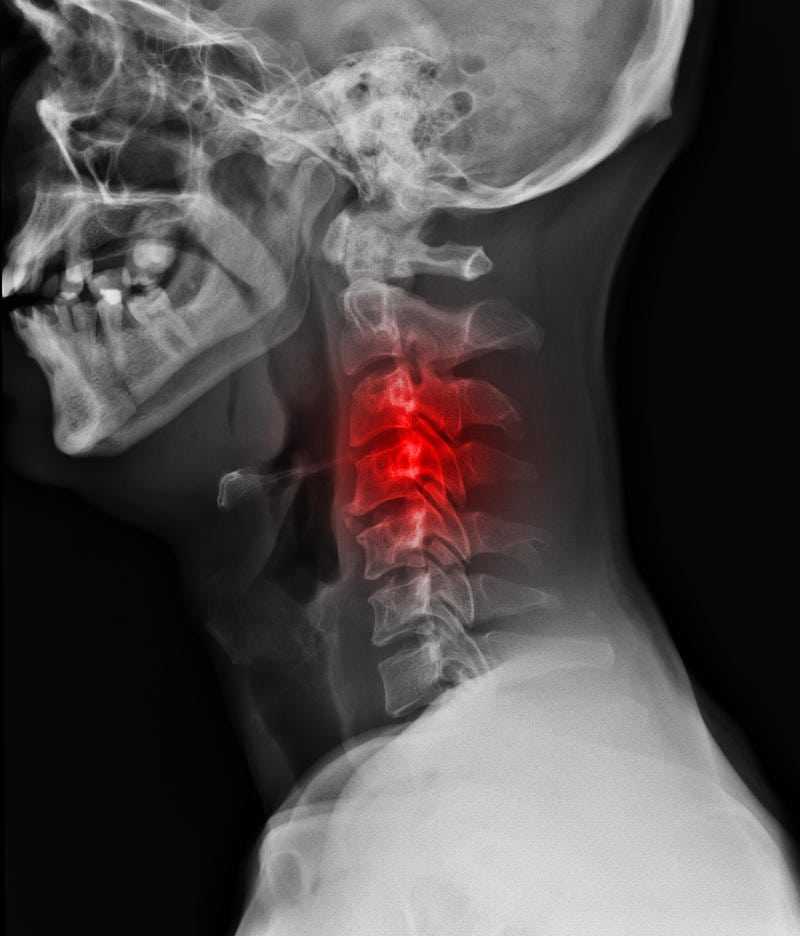
Treatments
Treating back pain is a significant, lengthy process that involves careful consideration and detail. Because the back and neck (the entire spine) are literally what hold your body in the upright position (standing or sitting), these parts of the human anatomy need close attention, care, and perfectionism when being treated.
There are two types of treatment for neck and back pain:
- Non-surgical
- Surgical
There are a number of in-depth treatments categorized under two categories. Now, we will look at non-surgical treatment for neck and back pain. These treatments are going to be the less severe approach to treating the pain. Keep in mind that just because these treatments are often more therapeutic than surgical treatments, it doesn’t mean that they are any less effective.
Non-surgical treatments include:
- Medications
- Injections
- Physical therapy
- Psychological support
Non-Surgical Treatments
Medications
Taking medications for back and neck pain is probably going to be the most common, initial form of treatment. From pain relievers (Tylenol) to anti-inflammatories (Ibuprofen), people tend to take these before even going to the doctor. It has become a sort of commonality to take pills before seeking out professional help. That being said, many times, people don’t know always know the difference between the pills they are taking, or even correct dosage to take. For example, if there is inflammation in the spinal column, it may be wise to take 3 200mg Ibuprofen 3 times a day to properly reduce any inflammation around the vertebrae. It’s always wise to see a physician for back and neck pain, even if it is simply for the correct dosage on medication, as professional advice and always better than a guess.

Injections
Injections are typically used as a more aggressive approach to treating inflammation. A Cortisone shot is an injection that is typically used in this situation. If you have inflammation in the spine, a physician may inject Cortisone into the affected area. This injection is a steroid used as a strong anti-inflammatory, which takes effect within a few days. Other steroid injections may be recommended by a physician depending on the severity of the pain and inflammation.

Physical Therapy
Often times with back pain issues, there is a nerve being compressed, causing pressure, discomfort, and severe pain. Physical therapy is a great attempt at relieving this pressure. Stretching, massaging, lifting weights, and even Yoga can be effective at helping your muscles become more elastic, allowing for better movement inside the body. The strength of your muscles is also a good way to prevent injuries that could affect the back and neck. These exercises are a great way to stay healthy, prevent back pain, and even heal existing back issues.

Psychological Support
As unrealistic as it may sound, having a good attitude and thinking positive about situations in life is healthy for you mentally and physically. Being optimistic about pain can actually help reduce the effects it is having on your personality, relationships, and overall demeanor. By staying positive, even with back pain, you prevent any adversity from encompassing your personal or professional life, leading to a healthier way of living and dealing with back and neck pain.
Surgical Treatments
Some surgeries are minimally invasive, while others are largely invasive, depending on the underlying condition that the surgeon is trying to treat. Surgical treatments that can be done to help treat, heal, and prevent back and neck pain are listed below:
- Discectomy
- Decompression
- Spinal Fusion
- Cervical Spine Fusions
- Anterior Cervical Fusion
- Posterior Cervical Fusion
- Anterior Lumbar Interbody Fusion (ALIF)
- Total Disc Replacement
- Dynamic Stabilization
- Spinal Reconstruction
- Kyphoplasty
- Laminectomy
Discectomy
A discectomy is typically associated with a herniated or bulging disc. It is the process of surgically removing any part of the herniated disc that is applying pressure on a nerve, which causes the pain. Keep in mind that a discectomy only removes a portion of the tissue, and not the entire disc.
Decompression
A decompression surgery, also called a lumbar decompression back surgery, is an invasive procedure with the goal of giving the compressed nerve room to “breathe.” Technically speaking, the surgeon will go in and remove part of the bone in the spine that the nerve is being pressed up against. This will allow more room for the nerve and, hence the name, decompress the area, giving more comfort to the patient.
Posterior Cervical Fusion
Fusion is an invasive surgery that fuses bones together by using grafts, metal plates, or screws. The posterior cervical fusion procedure is done by fusing bones in the posterior (back) of the neck together. The surgeon might use plates or screws, and it is typically done to correct fractures or abnormal curves in the spine.
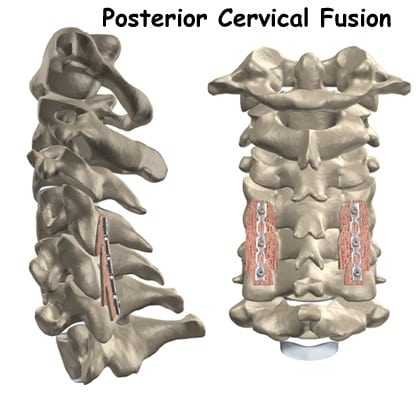
Total Disc Replacement
Total disc replacement is the process of removing an entire disc in the spine and replacing it with an artificial instrument. This invasive surgery is typically done to further prevent the effects of Degenerative Disc Disease (DDD) or to treat severe lower and upper back pain. This is an alternative to spinal fusion, and allows better movement in the spinal column.
Dynamic Stabilization
Dynamic Stabilization is an invasive surgery that involves inserting an artificial rod into the area of that back that is affected. It allows natural movement of the spine, while keeping a certain amount of stability to prevent further injury. Although it is an invasive surgery, technology has progressed to help this procedure become less invasive than in the past.
Spinal Reconstruction
Spinal reconstruction is a complex, highly invasive surgery that is performed to realign or fix any abnormal curvature in the spine. It involves implanting instruments capable of stabilizing the spine and keeping it aligned. This procedure is typically performed on patients with scoliosis and requires a lengthy recovery period.


